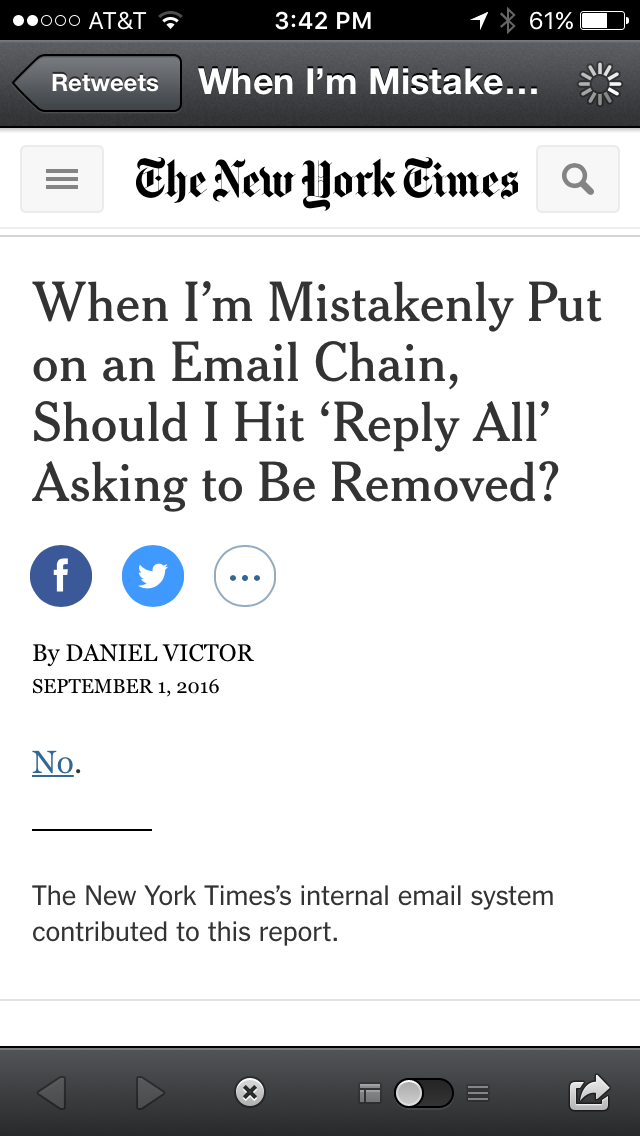Recipients and the Spam Button
Earlier this week Litmus and Fluent hosted a webinar title “Adapting to Consumers’ New Definition of Spam.” This had a number of fascinating facts about email marketing, many of which should reassure folks. Litmus has a blog post up highlighting some of the findings specific to millennials and email. Good news is millennials like getting mail from brands and interact with them regularly. Even better, they will rescue mail out of the spam folder.
Litmus has a blog post up highlighting some of the findings specific to millennials and email. Good news is millennials like getting mail from brands and interact with them regularly. Even better, they will rescue mail out of the spam folder.
The full whitepaper is available from Fluent: 2016 Consumer Perceptions of Email. I’ll be writing more about this over the interesting tidbits here over the next few weeks. But I really suggest people go download it and read it.

